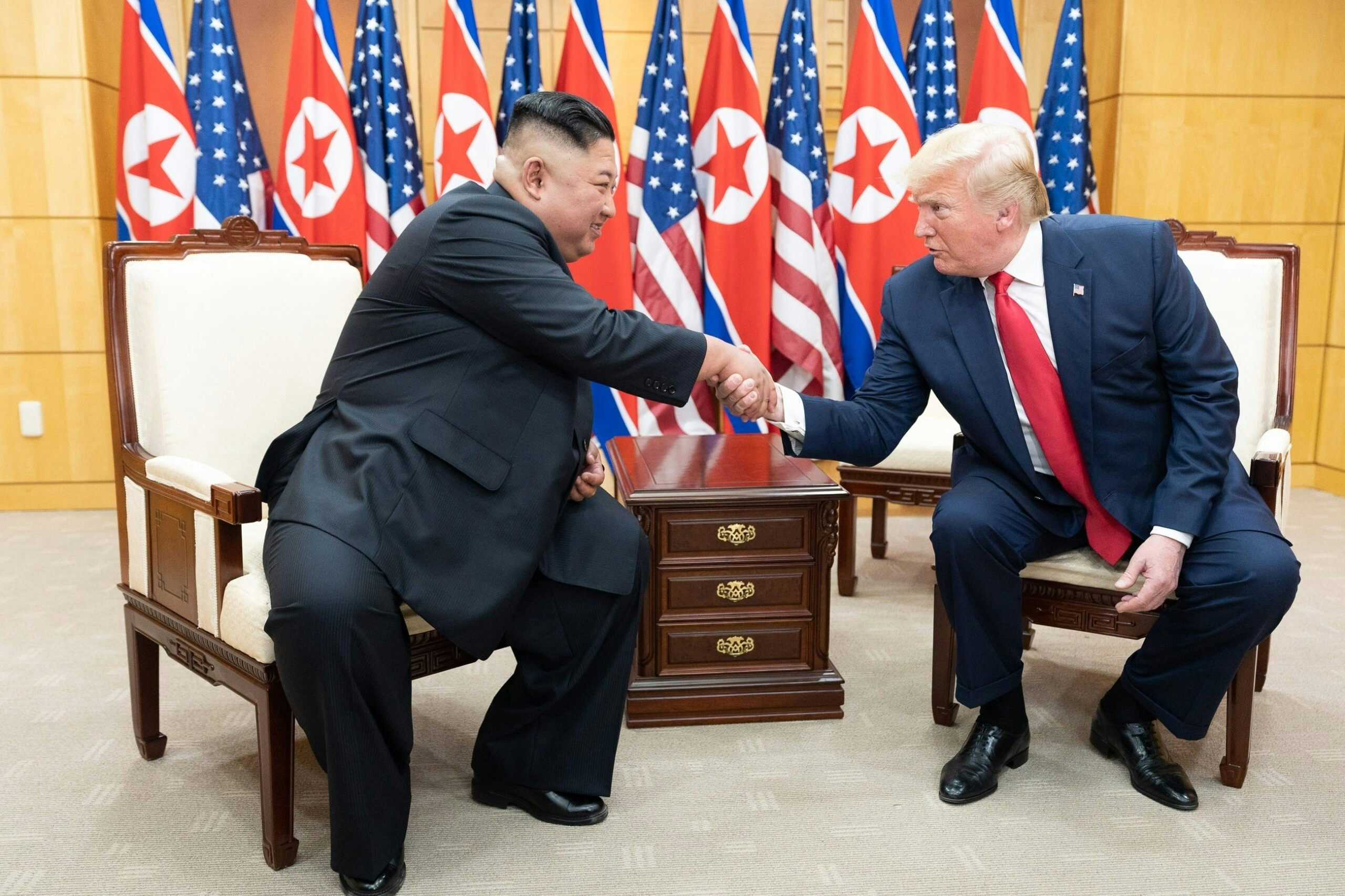The U.S. Treasury Department this week announced sanctions on Russia’s energy industry due to Moscow’s “lack of serious commitment to a peace process to end the war in Ukraine,” a war that Russia’s Vladimir Putin started. The measures, the first such steps taken by the Trump Administration against Russia, are a welcome move that will add significant pressure on the Kremlin’s war chest.
With the new sanctions targeting major oil companies Rosneft and Lukoil and their subsidiaries – entities essential to Russia’s extraction, production, and distribution operation of oil – the U.S. government should prioritize the use of secondary sanctions to maximize the opportunities afforded by the designations.
Neither Rosneft nor Lukoil is new to U.S. sanctions. The energy giants have been under economic restrictions since 2014, shortly following Russia’s illegal annexation of Crimea during the first Russian invasion of Ukraine. The prior sanctions were limited in scope, however, merely restricting the Russian companies from accessing capital markets. Under the expansion announced earlier this week, Rosneft and Lukoil will have their assets in U.S. institutions frozen, along with any entities in which they own 50% or more.
The most significant aspect of the latest announcement is the emphasis on secondary sanctions. As per the Treasury guidance in the announcement, any entity “engaging in certain transactions involving the persons designated today may risk the imposition of secondary sanctions on participating foreign financial institutions.” While the blocking of assets belonging to sanctioned entities is a welcome announcement in itself, the threat to foreign entities will make it more difficult for Russia to evade the sanctions.
According to the U.S. Energy Information Administration, the price of Brent crude oil is expected to drop to $62 per barrel throughout 2025, with the potential to drop even lower to $52 per barrel in 2026. Investment firms have recently shared similar estimates, citing an oil supply surplus for the upcoming year. Following the announcement from Treasury, the Organization of the Petroleum Exporting Countries, or OPEC, announced readiness to increase oil output if necessary to meet global demand. The OPEC statement is a welcome proposal, given that the global oil production surplus is due to growth led by countries outside the organization.
The developments create space for the potential to enforce sanctions without overwhelming concern about market blowback. The Trump Administration should maximize the opportunities new sanctions offer and use secondary sanctions to enforce compliance with U.S. policy, which, along with leveraging secondary sanctions, should include working with the G7 countries to lower the oil price cap of $60 per barrel. This can include aligning with the EU’s recent decision to switch to a floating price cap, which maintains a price 15% below the average market price of Russian oil.
The action by the Trump Administration comes the same week as the European Union’s recent decision to expand existing sanctions on Russian energy entering the region, reinforcing the impact on both sides of the Atlantic.
Given the Kremlin’s ongoing brutal aggression against Ukraine and no signs that Putin is ready to end the war he started, it is vital that the West ramp up pressure against the Kremlin. Continuing support for Ukraine through economic constraints on the Russian economy will increase the likelihood of ending the war.






























